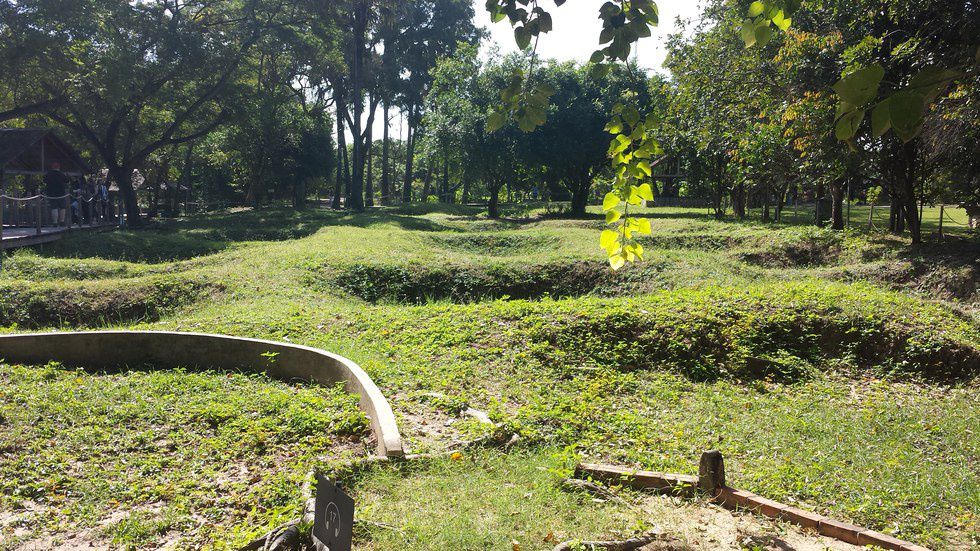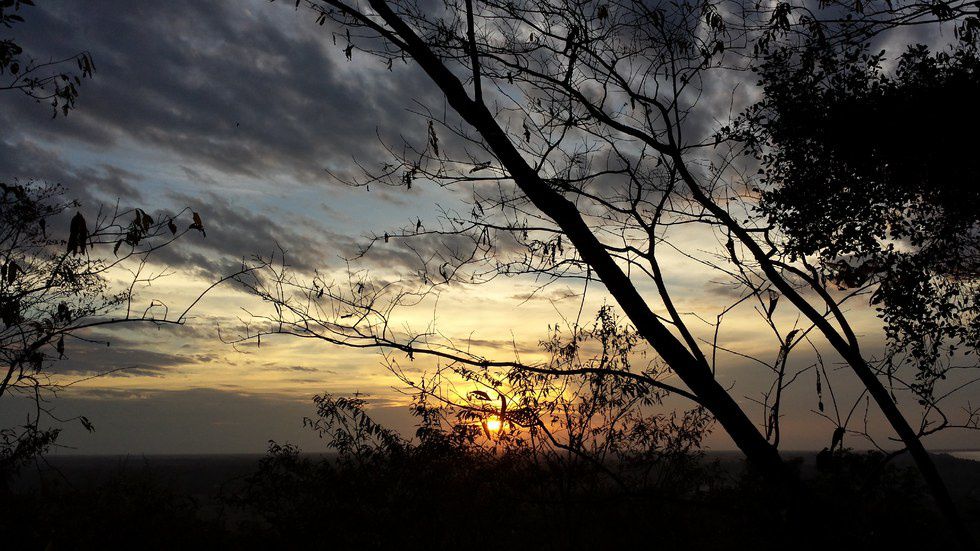tEveryone I have talked to who didn’t study abroad in college says they regret their decision, whether or not it would have fit in their schedule.
This winter break, I had the pleasure of attending a two week study abroad session in Cambodia, courtesy of Lehigh University’s Global Citizenship Program (GCP). Words cannot describe how incredible this experience was, due in large part to the uniqueness of GCP. The program aims to create “Global Citizens” - people who understand the roots of cultural differences and, as a result, are able to approach controversial problems with a truly open mind; be it varying political ideologies, socioeconomic situations, ecological stability or economic development between unfriendly nations. Although every GCP Cohort has a narrow pool of applicants shooting for a limited number of slots, every class has a wide variety of students from different backgrounds and majors. For instance, Cohort XII (my Cohort) has people from CSB to environmental engineering, from accounting to sustainable development. We have double majors, custom majors and ordinary majors.
So what were we doing in Cambodia? Why not a safer or a developed nation like Germany? The easy answer is that developed nations are fundamentally very similar. Munich, for instance, fits several stereotypes for western major cities. Developing nations on the other hand are at a crossroads: how much tradition will be given up to attain a more developed or western status? How much and what kind of influence from western nations is acceptable? This is one of the reasons why GCP utilizes students from multiple majors. As the only economics major in my cohort, I was able to understand and interpret the issues with Cambodia’s economy, while taking full advantage of the wide variety of opinions, courtesy of the different majors and backgrounds in Cohort XII. Needless to say, the perspectives we achieved were refreshing, but the here and now are not the only issues GCP students look at.
Cambodia experienced a genocide not many millennials know about. From 1975 to 1979, a highly oppressive communist government known as the Khmer Rouge rose to power led by a man named Pol Pot. Under the veil of the Angkar (translated to"The Organization"), Angkar evacuated the capitol, Phnom Penh in three days, not allowing anybody to return. The Khmer Rouge took a thriving and relatively prosperous Cambodia and reduced it to an agrarian society full of mistrust, starvation and death. Pol Pot's government targeted and killed two million people, hardly discriminating its targets by using an approach summarized by the ideology that “it is better to kill an innocent than to let an enemy go freely”. Anybody perceived as an intellectual or a western sympathizer was immediately killed.
Perhaps the most important aspect of the trip I realized is the important difference between reading about atrocities, and experiencing the remnants of them first hand. I only began to truly realize the impact of the Khmer Rouge when we visited S-21, a former high school in Phnom Penh that was converted by the Angkar into a torture facility. Now, it remains preserved, serving as a reminder of the devastation the Cambodian people faced. Similarly, we visited one of the hundreds of Killing Fields. Where indiscriminate mass graves once were, only small ditches remain.
What made these places of suffering more surreal was our newfound understanding that the United States was partially to blame due to its “secret” bombing of Cambodia during the Vietnam War, spurring the anti-western and communist movement.
Although Cambodia has grown far beyond the Khmer Rouge era, there are still many problems that originate from Pol Pot’s regime. Psychological problems have plagued their society, but a corrupt government combined with a limited number of properly trained intellectuals due to the genocide has led to stigmas against mental health much stronger than us westerners could imagine. Fortunately, our trip included more than just the heavy recent history of Cambodia. Look out for Part Two next week.









 The minimum wage is not a living wage.
StableDiffusion
The minimum wage is not a living wage.
StableDiffusion
 influential nations
StableDiffusion
influential nations
StableDiffusion












